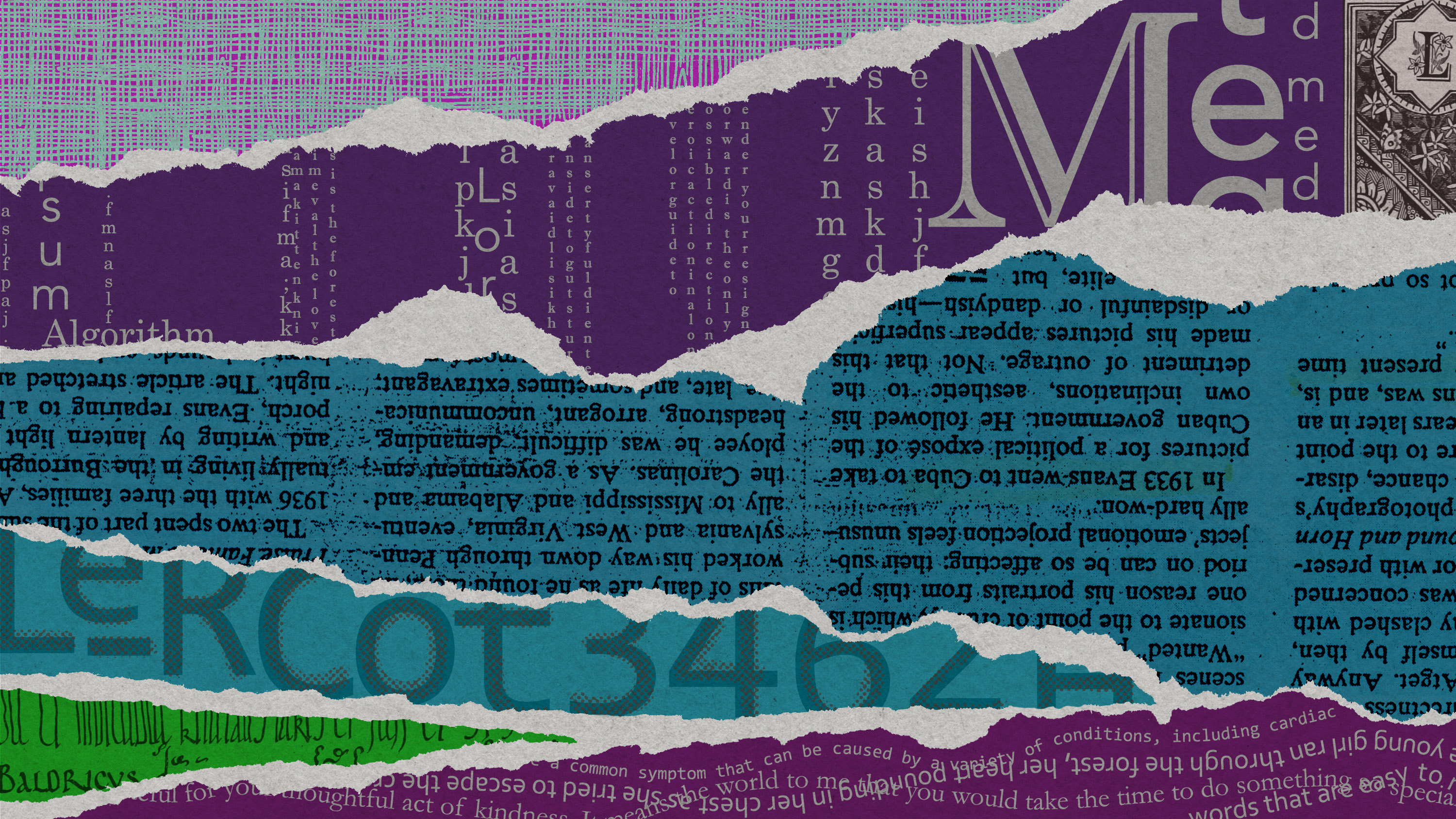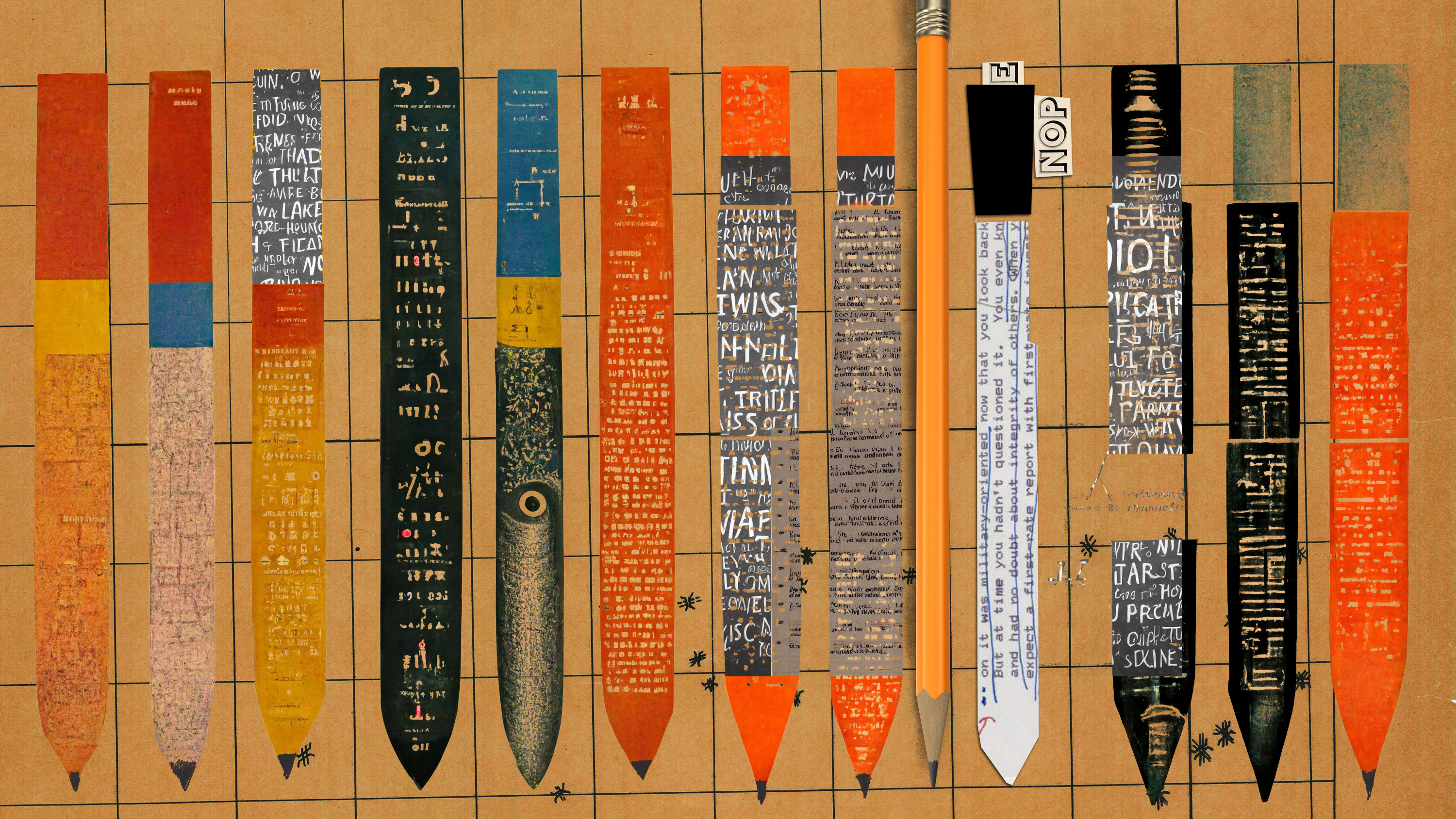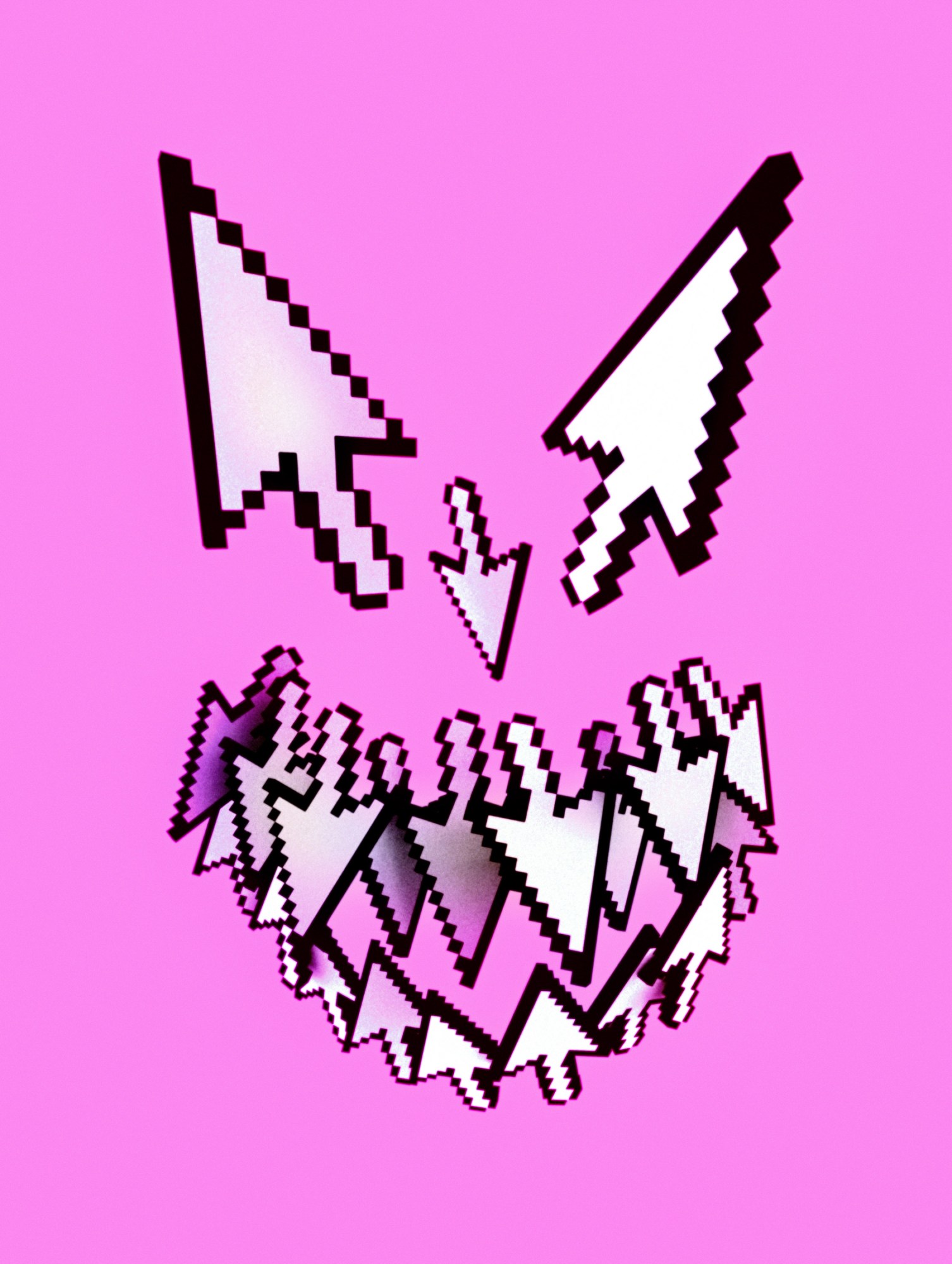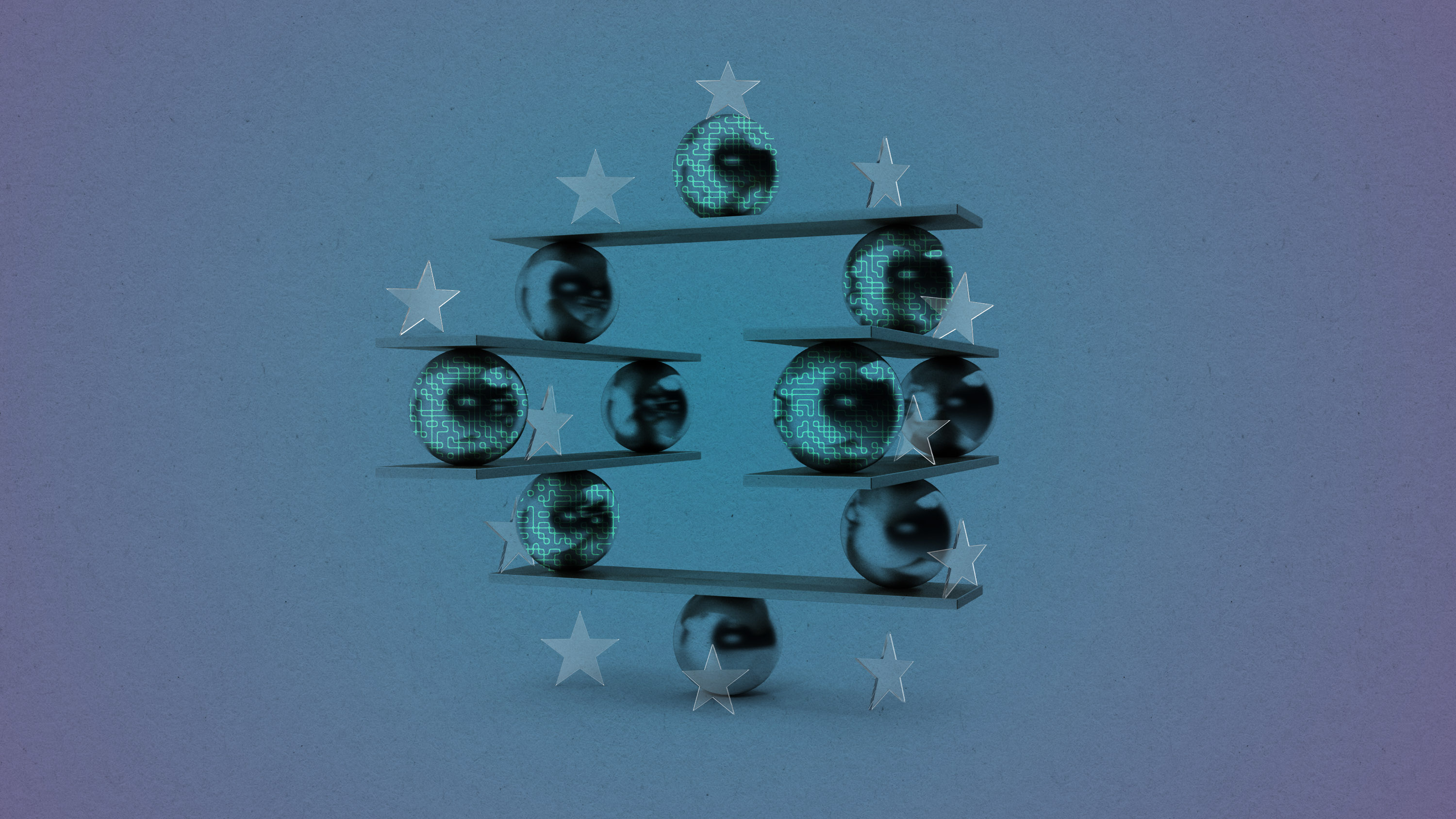
How to fix the internet
If we want online discourse to improve, we need to move beyond the big platforms.
How to fix the internet
If we want online discourse to improve, we need to move beyond the big platforms.By
October 17, 2023

ERIK CARTER
We’re in a very strange moment for the internet. We all know it’s broken. That’s not news. But there’s something in the air—a vibe shift, a sense that things are about to change. For the first time in years, it feels as though something truly new and different might be happening with the way we communicate online. The stranglehold that the big social platforms have had on us for the last decade is weakening. The question is: What do we want to come next?
There’s a sort of common wisdom that the internet is irredeemably bad, toxic, a rash of “hellsites” to be avoided. That social platforms, hungry to profit off your data, opened a Pandora’s box that cannot be closed. Indeed, there are truly awful things that happen on the internet, things that make it especially toxic for people from groups disproportionately targeted with online harassment and abuse. Profit motives led platforms to ignore abuse too often, and they also enabled the spread of misinformation, the decline of local news, the rise of hyperpartisanship, and entirely new forms of bullying and bad behavior. All of that is true, and it barely scratches the surface.
But the internet has also provided a haven for marginalized groups and a place for support, advocacy, and community. It offers information at times of crisis. It can connect you with long-lost friends. It can make you laugh. It can send you a pizza. It’s duality, good and bad, and I refuse to toss out the dancing-baby GIF with the tubgirl-dot-png bathwater. The internet is worth fighting for because despite all the misery, there’s still so much good to be found there. And yet, fixing online discourse is the definition of a hard problem. But look. Don’t worry. I have an idea.
What is the internet and why is it following me around?
To cure the patient, first we must identify the disease.When we talk about fixing the internet, we’re not referring to the physical and digital network infrastructure: the protocols, the exchanges, the cables, and even the satellites themselves are mostly okay. (There are problems with some of that stuff, to be sure. But that’s an entirely other issue—even if both do involve Elon Musk.) “The internet” we’re talking about refers to the popular kinds of communication platforms that host discussions and that you probably engage with in some form on your phone.
Some of these are massive: Facebook, Instagram, YouTube, Twitter, TikTok, X. You almost certainly have an account on at least one of these; maybe you’re an active poster, maybe you just flip through your friends’ vacation photos while on the john.
The internet is good things. It’s Keyboard Cat, Double Rainbow. It’s personal blogs and LiveJournals. It’s the distracted-girlfriend meme and a subreddit for “What is this bug?”
Although the exact nature of what we see on those platforms can vary widely from person to person, they mediate content delivery in universally similar ways that are aligned with their business objectives. A teenager in Indonesia may not see the same images on Instagram that I do, but the experience is roughly the same: we scroll through some photos from friends or family, maybe see some memes or celebrity posts; the feed turns into Reels; we watch a few videos, maybe reply to a friend’s Story or send some messages. Even though the actual content may be very different, we probably react to it in much the same way, and that’s by design.
The internet also exists outside these big platforms; it’s blogs, message boards, newsletters and other media sites. It’s podcasts and Discord chatrooms and iMessage groups. These will offer more individualized experiences that may be wildly different from person to person. They often exist in a sort of parasitic symbiosis with the big, dominant players, feeding off each other’s content, algorithms, and audience.
Related Story

We are hurtling toward a glitchy, spammy, scammy, AI-powered internet
Large language models are full of security vulnerabilities, yet they’re being embedded into tech products on a vast scale.
The internet is good things. For me, it’s things I love, like Keyboard Cat and Double Rainbow. It’s personal blogs and LiveJournals; it’s AIM away messages and MySpace top 8s. It’s the distracted-girlfriend meme and a subreddit for “What is this bug?” It is a famous thread on a bodybuilding forum where meatheads argue about how many days are in a week. For others, it’s Call of Duty memes and the mindless entertainment of YouTubers like Mr. Beast, or a place to find the highly specific kind of ASMR video they never knew they wanted. It’s an anonymous supportive community for abuse victims, or laughing at Black Twitter’s memes about the Montgomery boat brawl, or trying new makeup techniques you learned on TikTok.
It’s also very bad things: ***** and the Daily Stormer, revenge porn, fake news sites, racism on Reddit, eating disorder inspiration on Instagram, bullying, adults messaging kids on Roblox, harassment, scams, spam, incels, and increasingly needing to figure out if something is real or AI.
The bad things transcend mere rudeness or trolling. There is an epidemic of sadness, of loneliness, of meanness, that seems to self-reinforce in many online spaces. In some cases, it is truly life and death. The internet is where the next mass shooter is currently getting his ideas from the last mass shooter, who got them from the one before that, who got them from some of the earliest websites online. It’s an exhortation to genocide in a country where Facebook employed too few moderators who spoke the local language because it had prioritized growth over safety.
The existential problem is that both the best and worst parts of the internet exist for the same set of reasons, were developed with many of the same resources, and often grew in conjunction with each other. So where did the sickness come from? How did the internet get so … nasty? To untangle this, we have to go back to the early days of online discourse.
It’s also very bad things: ***** and the Daily Stormer, revenge porn, fake news sites, racism on Reddit, eating disorder inspiration on Instagram, bullying, adults messaging kids on Roblox, harassment, scams, spam, incels.
The internet’s original sin was an insistence on freedom: it was made to be free, in many senses of the word. The internet wasn’t initially set up for profit; it grew out of a communications medium intended for the military and academics (some in the military wanted to limit Arpanet to defense use as late as the early 1980s). When it grew in popularity along with desktop computers, Usenet and other popular early internet applications were still largely used on university campuses with network access. Users would grumble that each September their message boards would be flooded with newbies, until eventually the “eternal September”—a constant flow of new users—arrived in the mid-’90s with the explosion of home internet access.
When the internet began to be built out commercially in the 1990s, its culture was, perversely, anticommercial. Many of the leading internet thinkers of the day belonged to a cohort of AdBusters-reading Gen Xers and antiestablishment Boomers. They were passionate about making software open source. Their very mantra was “Information wants to be free”—a phrase attributed to Stewart Brand, the founder of the Whole Earth Catalog and the pioneering internet community the WELL. This ethos also extended to a passion for freedom of speech, and a sense of responsibility to protect it.



